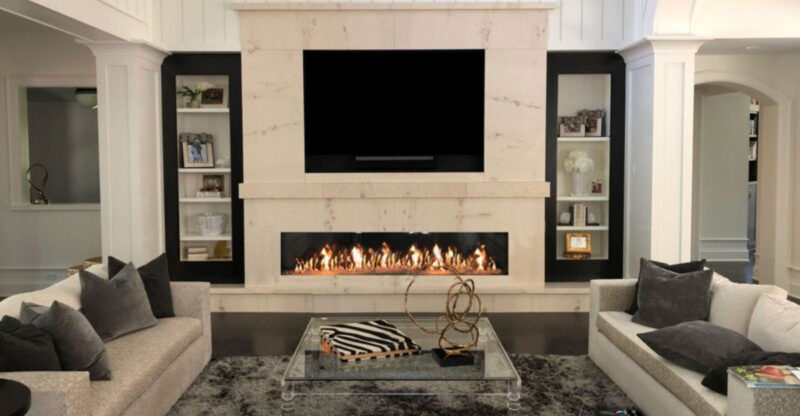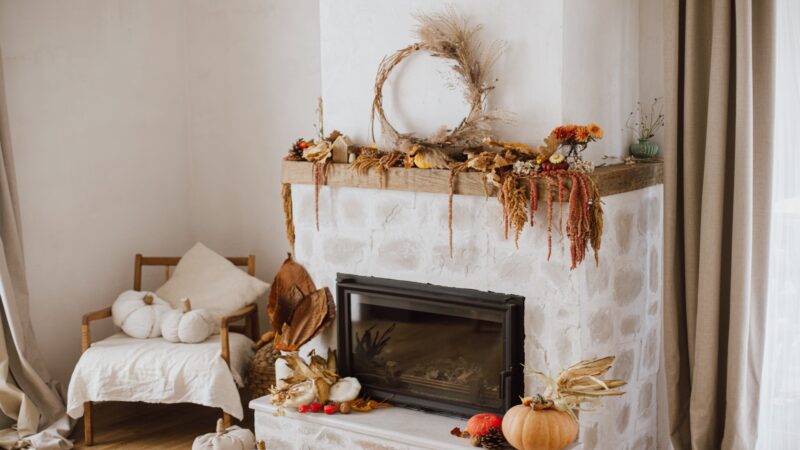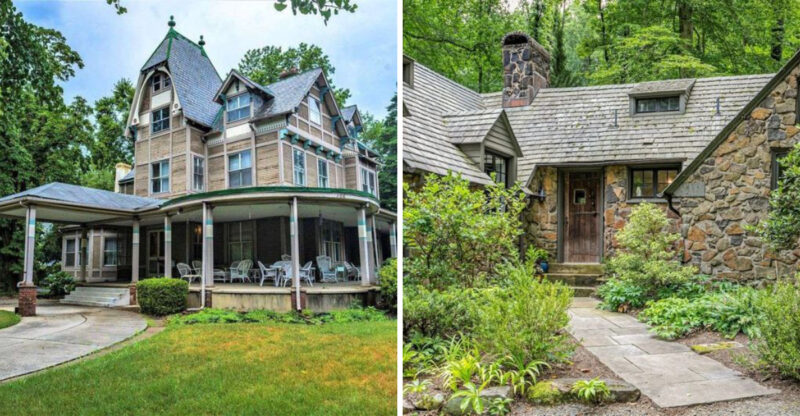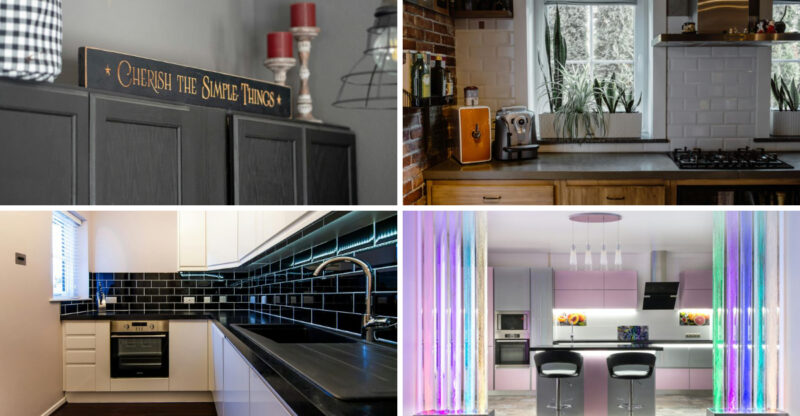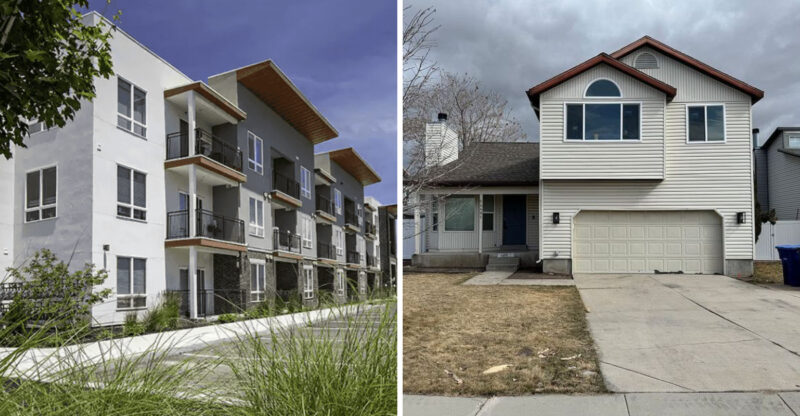Time’s Almost Up For These 13 Washington, D.C. Home Styles, Will They Disappear By 2030?

Our nation’s capital boasts a rich tapestry of architectural styles that tell the story of American history through bricks, columns, and gables. These iconic D.C. home designs have weathered centuries of changing tastes and urban development.
But times are changing. With modern construction trends, rising property values, and evolving aesthetic preferences, several of Washington’s once-revered styles could be nearing their final chapters.
Curious if your favorite D.C. look made the list? Let’s take a walk through the styles that may not make it past 2030.
1. Victorian Homes: Ornate Relics Of A Bygone Era
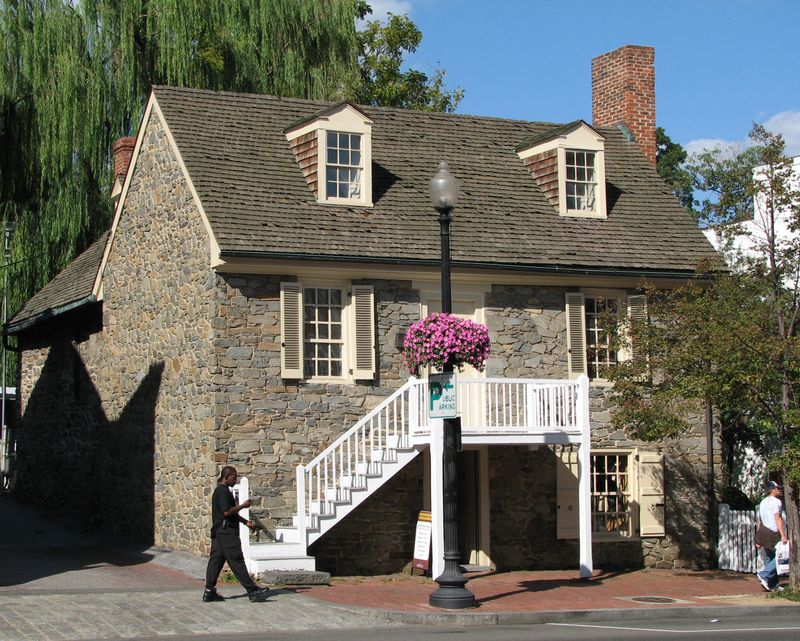
Those whimsical turrets and gingerbread trim that once dominated Capitol Hill might soon become museum pieces rather than homes. Victorian subtypes like Queen Anne, Italianate, and Gothic Revival require specialized craftspeople who are increasingly rare.
However, preservation societies fight valiantly to maintain these ornate beauties. Their intricate woodwork and stained glass windows simply can’t be replicated with today’s mass production methods.
2. Tudor Revival: Half-Timbered Treasures
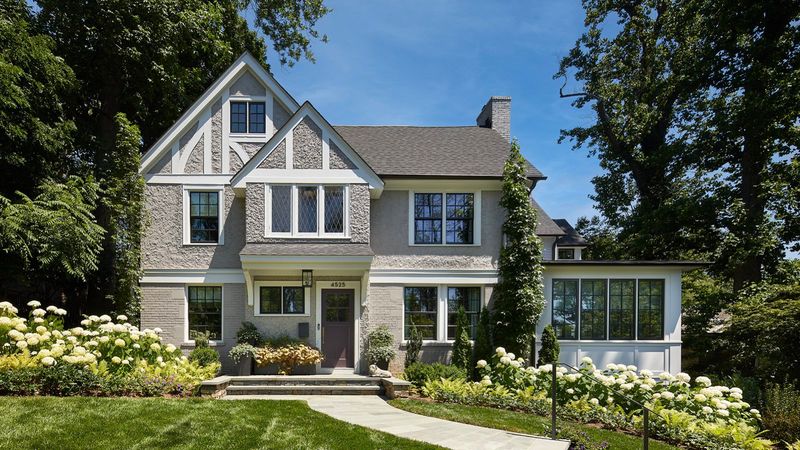
Marked by their distinctive half-timbering and steeply pitched roofs, Tudor Revival homes transport you straight to medieval England. Though once prevalent in Cleveland Park and Woodley Park, these architectural gems require specialized maintenance few homeowners can afford.
The characteristic leaded glass windows and decorative chimney pots demand craftspeople with vanishing skills. As modern construction favors simplicity, these labor-intensive designs face growing extinction pressure.
3. Beaux-Arts: Monumental Grandeur Under Threat
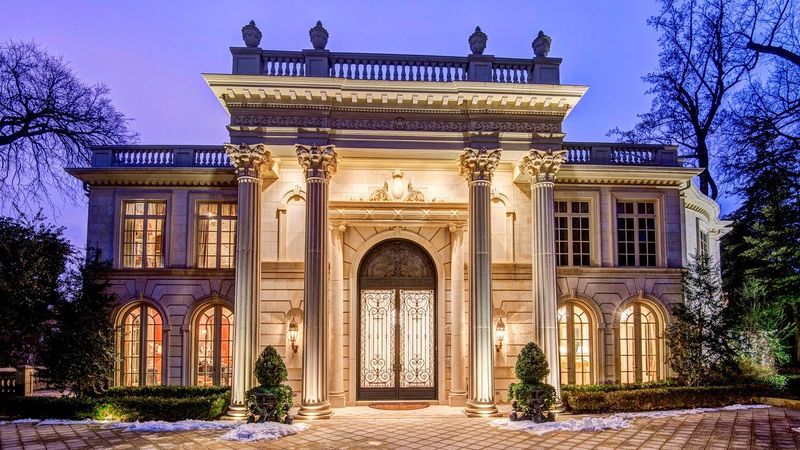
While government buildings showcase this French-inspired style, residential Beaux-Arts structures grow increasingly rare. Characterized by symmetrical facades, classical details, and elaborate sculptures, these homes represent Gilded Age opulence.
The astronomical costs of maintaining their ornate stonework and decorative elements push many owners toward simplification. Few modern architects possess the classical training needed to properly restore these magnificent dwellings.
4. Colonial Heritage Homes: Losing Their Hold
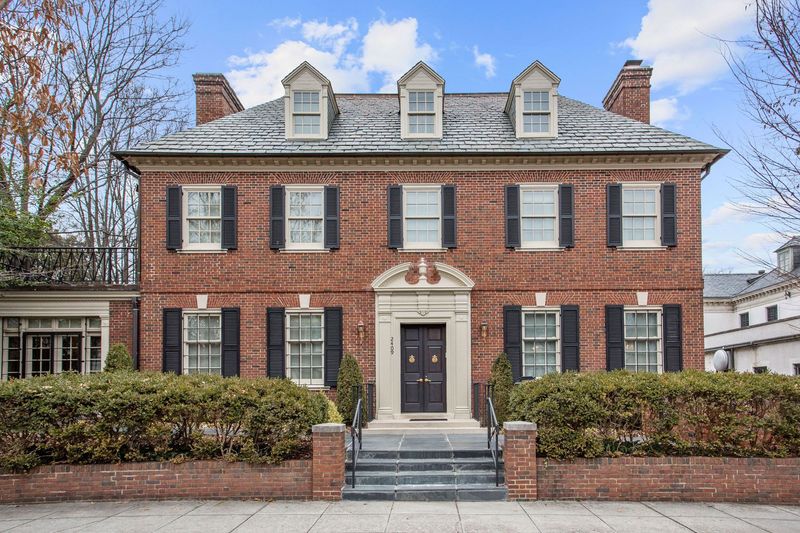
Is the Colonial charm running out of room, literally? While these symmetrical staples once stood as the gold standard of American architecture, today’s buyers crave flow over formality.
You’ll still spot these stars of the past in neighborhoods like Georgetown and Foggy Bottom, but behind those proud facades, the interiors are getting a revolutionary makeover. Think open concepts storming the bastion of tradition, one wall at a time.
5. Federal Style: Early American Elegance At Risk
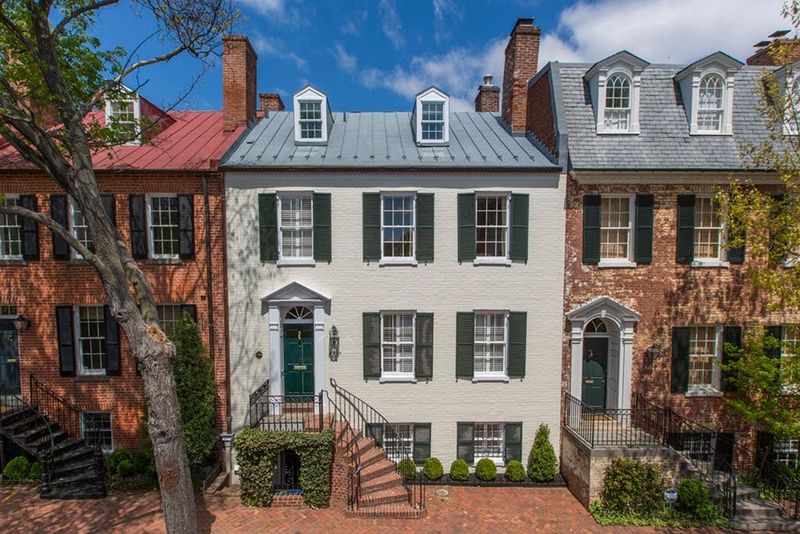
Recognized by their flat or low-pitched roofs and delicate decorative elements, Federal (Adam) style homes represent early American refinement. Georgetown’s historic district preserves many examples, yet they face mounting challenges.
The precision required for their elliptical fanlights and slender columns comes at premium prices. When repairs become necessary, many owners opt for simplified replacements that gradually erode authentic character.
6. American Craftsman: Handmade Beauty Becoming Scarce
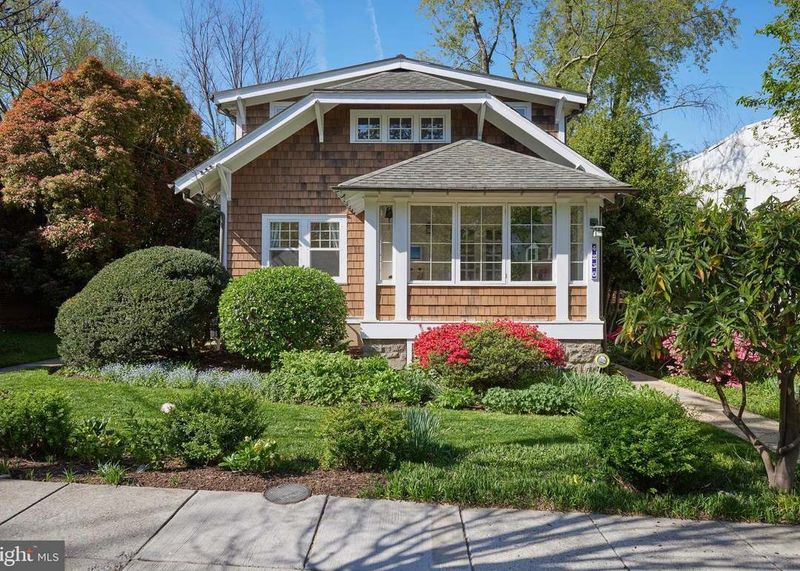
Craftsman homes celebrate honest materials and handwork with their exposed beams, built-in cabinetry, and natural finishes. Once abundant in neighborhoods like Mount Pleasant, genuine examples grow increasingly rare.
The irony? While modern builders imitate Craftsman aesthetics, they rarely incorporate the true handcrafted elements defining the style. Authentic Craftsman homes require specialized woodworking skills that few modern contractors possess.
7. Bungalow: Humble Charm Being Bulldozed
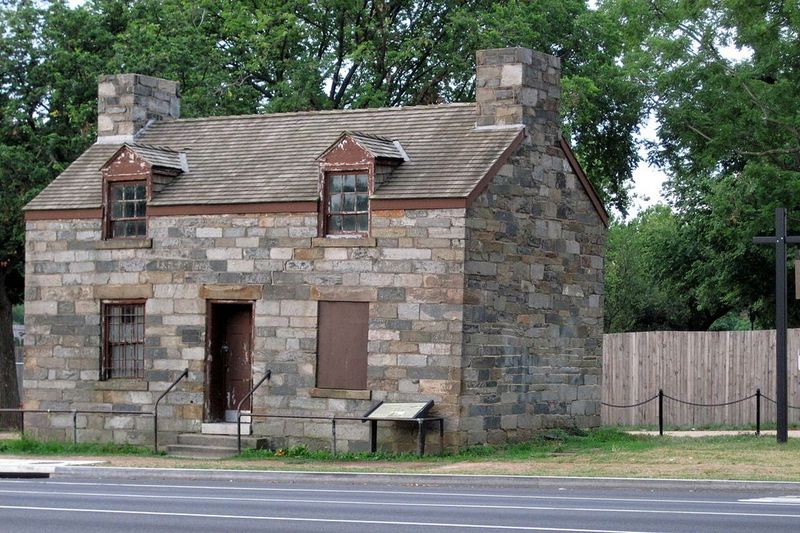
Modest yet charming, bungalows once provided affordable housing across D.C. neighborhoods like Brookland and Takoma Park. Their single-story living, front porches, and efficient layouts made them perfect starter homes.
Unfortunately, rising land values make these small footprints prime targets for demolition. Developers frequently replace them with larger structures maximizing lot coverage and square footage, forever altering neighborhood character.
8. Mid-Century Modern: Space-Age Designs Disappearing
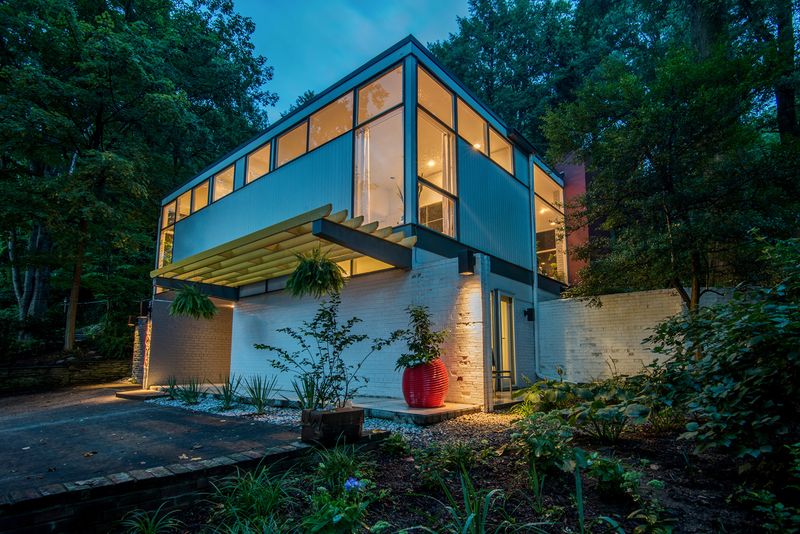
Clean lines, large windows, and indoor-outdoor flow define these architectural icons from the 1950s-60s. Though relatively young by preservation standards, Mid-Century Modern homes face serious threats in D.C.’s hot real estate market.
Their modest size and large lots make them demolition targets. While celebrated in museums and magazines, neighborhoods like Hollin Hills struggle to maintain architectural integrity against pressure to expand or replace these forward-thinking designs.
9. Contemporary Homes: Yesterday’s Cutting-Edge Now Dated
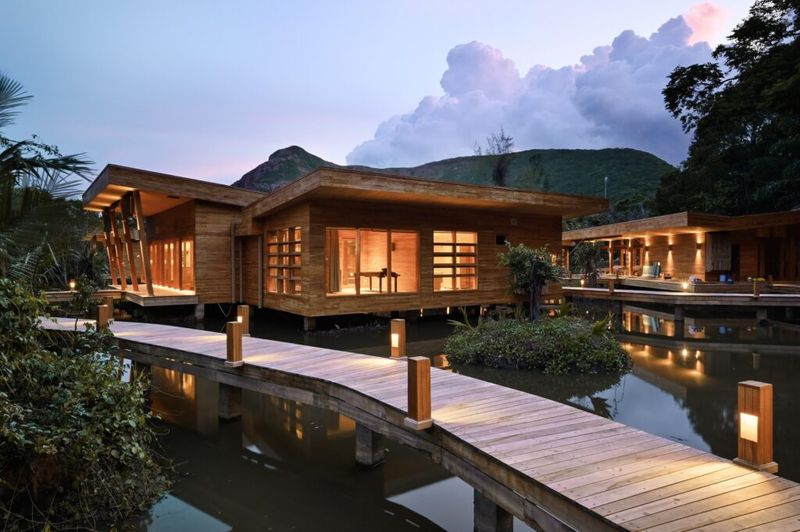
Ironically, Contemporary homes built between 1970-2000 face extinction before much older styles. Their experimental materials, unusual shapes, and once-innovative features often appear dated rather than historic.
Without the patina of true antiquity, these homes lack preservation protections. Their energy-inefficient glass walls and unusual layouts make them renovation targets, with few advocates fighting to preserve late 20th century architectural experimentation.
10. Georgian Revival: Formal Symmetry Losing Ground
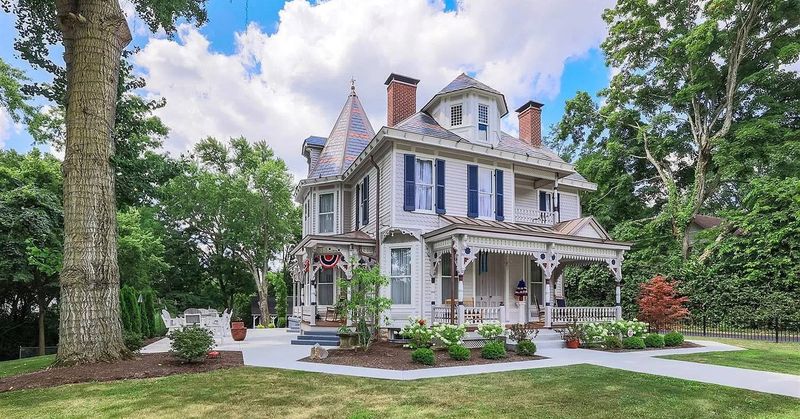
Is symmetry losing its sparkle in D.C.? Those stately brick beauties inspired by 18th-century English design still line streets like Georgetown and Massachusetts Avenue. However, their rigid layouts don’t quite mesh with today’s open-concept cravings.
Behind the multi-paned charm and classical proportions lies a challenge, specialized upkeep, and floor plans that feel more maze than modern. Many young families keep the elegant exteriors but gut the insides, leaving behind a handsome shell with little of the home’s original soul.
11. Romanesque Revival: Massive Masonry Masterpieces

Defined by rounded arches, rusticated stone, and massive proportions, Romanesque Revival buildings exude permanence. H.H. Richardson’s influence brought this medieval-inspired style to D.C., creating fortress-like structures that seem indestructible.
Yet their very solidity creates challenges. Modern renovations struggle with their thick walls and limited natural light. The specialized masonry skills needed for maintenance grow increasingly rare, threatening these imposing structures despite their apparent strength.
12. Shingle Style: Coastal Influence Washing Away
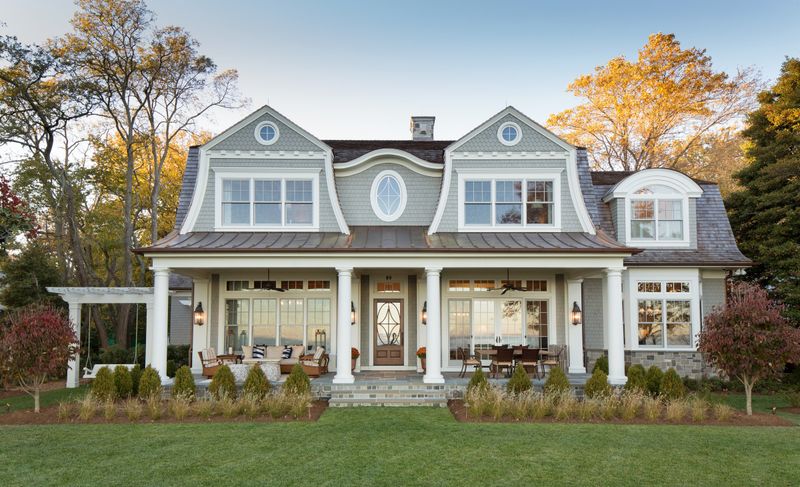
Though more common in seaside resorts, D.C. boasts scattered examples of Shingle Style homes with their organic forms and wood-shingled surfaces. Their asymmetrical designs and natural materials create a rustic yet sophisticated aesthetic.
Climate challenges these wooden beauties. Washington’s humidity accelerates deterioration of cedar shingles, while replacement costs skyrocket. Modern fire codes often prohibit authentic restoration, forcing compromises that dilute architectural integrity.
13. Dutch Colonial: Gambrel Roofs Becoming Rare
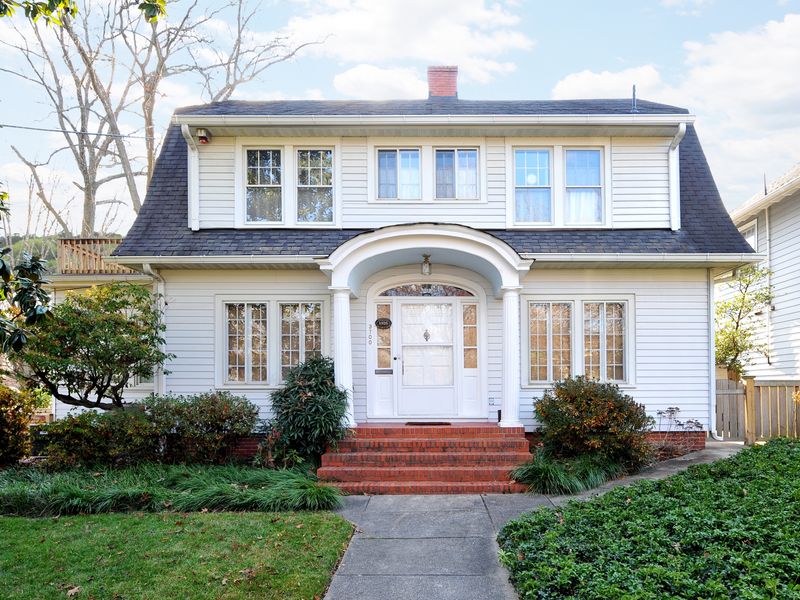
Characterized by their barn-like gambrel roofs providing expanded attic space, Dutch Colonial homes brought practical European influence to early Washington. Their distinctive silhouettes and efficient use of space made them popular in early suburban developments.
Though sturdy, their modest proportions make them vulnerable. When land values exceed structure values, these humble homes face demolition despite their historical significance. Preservation efforts struggle against economic pressure to replace them with larger dwellings.

